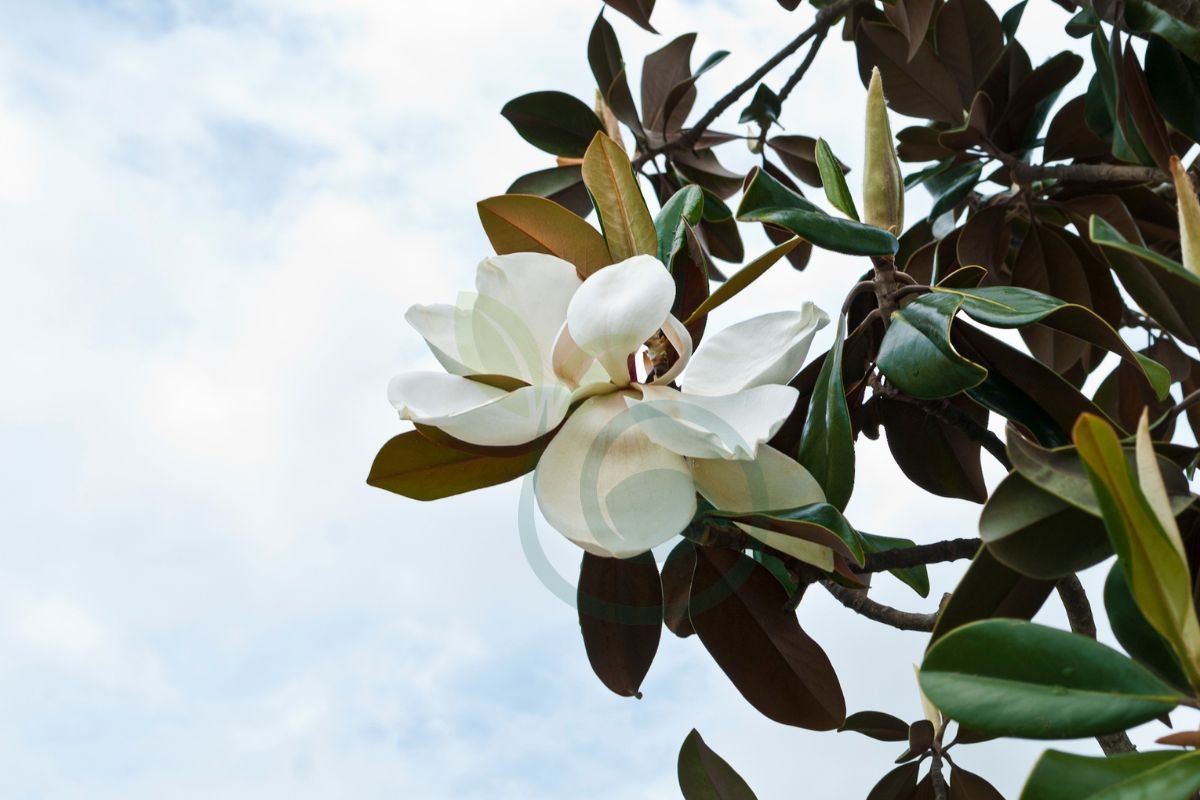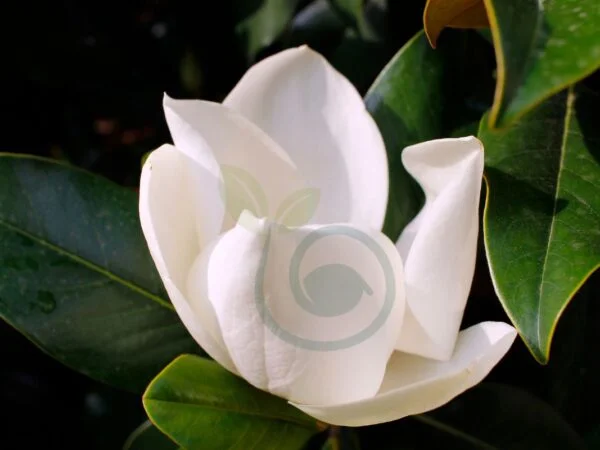Ever wondered about the lifespan of those stunning magnolia trees adorning your neighborhood? These majestic beauties, with their captivating blooms and lush foliage, have an intriguing story to tell. Join us as we delve into the fascinating world of magnolia trees and uncover the secrets behind their longevity.
So, let's embark on this horticultural journey together and unlock the mysteries surrounding these enchanting arboreal wonders.
Key Takeaways
- Magnolia trees can live for several decades, with some species reaching up to 80-100 years, but their lifespan is influenced by various factors.
- Proper care, including watering, mulching, and pruning, can significantly impact the lifespan of magnolia trees, ensuring their health and longevity.
- When growing magnolias, it's crucial to consider the specific variety and its requirements in terms of sunlight, soil type, and climate to support their optimal growth and lifespan.
- Understanding the blooming cycle and patterns of magnolia trees helps in managing their care and appreciating their beauty throughout the seasons.
- The cultivation of magnolia trees in the United States varies based on regional climate and soil conditions, affecting their overall lifespan and health.
- To extend the lifespan of magnolia trees, it's essential to address potential threats such as pests, diseases, and environmental stressors, while providing ongoing maintenance and support for their well-being.
Magnolia Tree Lifespan
Average Lifespan
The longevity of these trees is influenced by various factors such as the specific species and the environmental conditions they are exposed to. For instance, Southern magnolias are known for their exceptional longevity, often thriving for over a century. Similarly, bigleaf magnolias can live for several decades, showcasing their remarkable endurance in favorable environments.
Long-lived Species
Certain magnolia species stand out for their impressive lifespans. Southern magnolias, renowned for their stunning blooms and glossy foliage, can exceed 100 years under optimal growing conditions. Another long-lived variety is the Japanese magnolia which has been observed to thrive well beyond a century in age.
Environmental aspects like temperature and precipitation levels directly impact the health and longevity of these trees. Soil quality plays a crucial role in providing essential nutrients for sustained growth and resilience against diseases or pests. Moreover, proper care practices including watering routines and regular pruning significantly contribute to extending the lifespan of magnolia trees.
Factors Affecting Lifespan
Soil types
Magnolia trees require well-draining acidic soils with a pH range of 5.0 to 6.5 for optimal growth and longevity. Sandy loam or loamy soils are ideal for promoting the long-term health of magnolia trees as they provide adequate drainage, preventing waterlogging that can lead to root rot and other issues impacting lifespan.
Consistent moisture is crucial for young magnolia trees to establish deep root systems, ensuring their long-term survival. However, overwatering must be avoided as it can lead to root rot and negatively impact the lifespan of magnolia trees.
Watering needs
During dry periods, deep watering is essential to sustain the health and longevity of mature magnolia trees by ensuring that they receive an adequate water supply despite environmental conditions.
Temperature and humidity
Moderate temperatures and humid climates are favorable for the optimal growth and longevity of magnolia trees. Frost protection is vital in colder regions to ensure prolonged lifespan while high humidity levels contribute significantly to overall health.
Common issues
Fungal diseases such as powdery mildew and leaf spot pose significant threats to the lifespan of magnolia trees, requiring proper management through preventive measures or treatment when detected. Insect pests like scale insects and aphids also need attention due to their potential impact on tree health.
Caring for Magnolia Trees
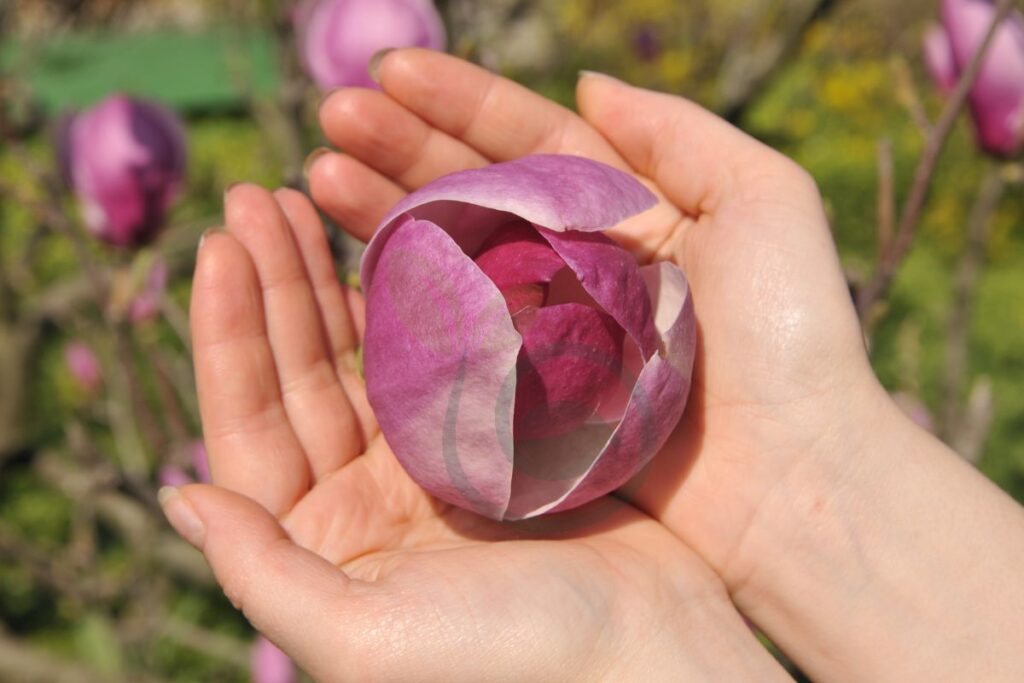
Maintenance Tips
Regularly inspecting magnolia trees for signs of disease or pest infestations is crucial. This practice helps in maintaining the longevity of these beautiful trees. By identifying and addressing issues early, you can prevent them from escalating and potentially shortening the tree's lifespan. Proper pruning practices are also essential for enhancing the overall health and longevity of magnolia trees. Removing dead or diseased branches not only improves the tree's appearance but also prevents potential hazards, such as falling limbs that could harm people or property.
Mulching around the base of magnolia trees plays a significant role in their long-term survival. It helps retain soil moisture, regulates temperature, and suppresses weed growth - all factors that contribute to promoting the tree's health and extending its lifespan.
Fertilizing Techniques
Applying a balanced slow-release fertilizer in early spring is beneficial. This supports their nutritional needs and contributes to their longevity by providing sustained nourishment throughout the growing season. However, it's important to avoid excessive nitrogen fertilization as this can have adverse effects on overall tree health and lifespan.
Choosing organic fertilizers rich in phosphorus is another effective technique for supporting strong root development which directly impacts the extended lifespan of magnolia trees. These types of fertilizers promote healthy growth without introducing harmful chemicals that could potentially compromise the tree’s longevity.
Pruning Practices
Pruning dead or damaged branches isn't just about aesthetics; it significantly contributes to prolonging the life of magnolia trees by promoting air circulation and sunlight penetration within its canopy. This aids in preventing fungal diseases while allowing sufficient light for photosynthesis – an essential process for plant growth and vitality.

Structural pruning during dormancy is another vital aspect of caring for magnolia trees since it helps maintain a healthy framework that supports long-term survival despite environmental challenges like storms or heavy snowfall. Conversely, avoiding heavy pruning during active growth periods minimizes stress on the tree - an important factor in ensuring its longevity.
Growing Magnolias
Planting basics
Proper planting depth is crucial for establishing a strong root system in magnolia trees. This is essential for their long-term survival. Selecting an appropriate location with adequate space ensures unhindered growth and contributes to the extended lifespan of magnolia trees. Mulching around newly planted magnolia trees helps conserve soil moisture and supports their establishment for long-term growth.
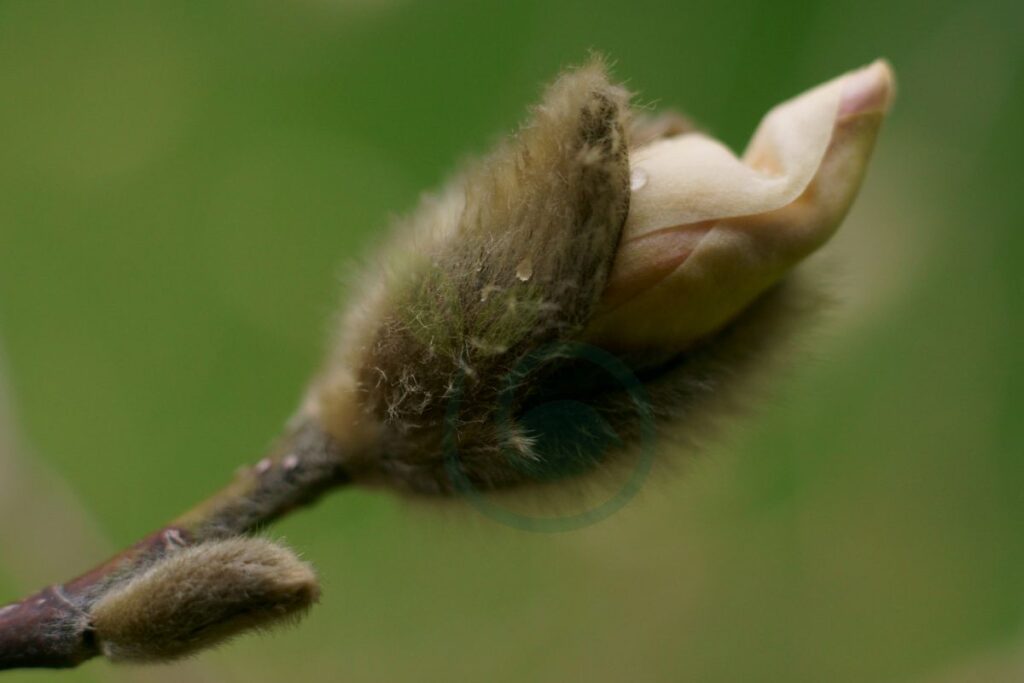
For example, planting a magnolia tree too deeply can lead to suffocation of the roots, hindering its ability to absorb nutrients and water properly. Inadequate spacing can result in competition for resources among neighboring plants, stunting the growth and reducing the overall lifespan of magnolia trees.
Ideal conditions
Providing ample sunlight while protecting from harsh afternoon sun promotes healthy growth and contributes to the extended lifespan of magnolia trees. Sheltering them from strong winds helps prevent damage to branches and foliage, supporting their overall longevity. Well-drained soil with good fertility creates ideal conditions for sustained growth and prolonged survival of these majestic trees.
Inadequate sunlight exposure may lead to stunted growth or sparse foliage on magnolia trees, impacting their overall health and potential lifespan. Similarly, exposure to strong winds can cause physical damage such as broken branches or torn leaves, compromising the tree's structural integrity over time.
Propagation methods
Propagation through stem cuttings offers a reliable method for reproducing specific traits while preserving genetic diversity in new generations of magnolia trees. Air layering provides an effective means of propagating mature specimens with desirable characteristics, contributing to genetic preservation and diversity within populations.
Magnolia Tree Varieties
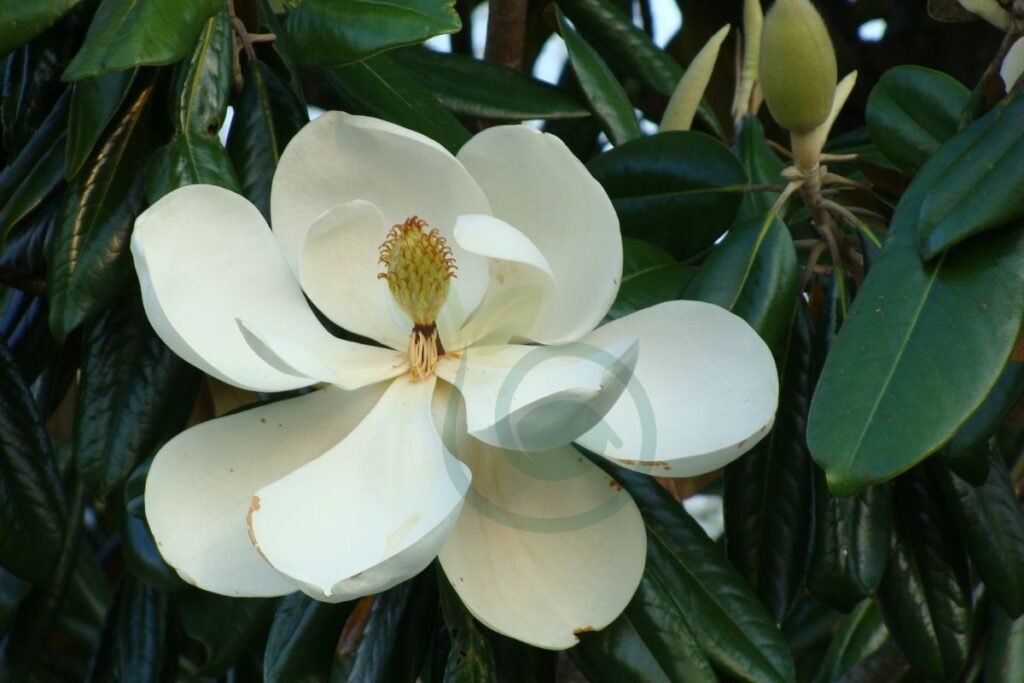
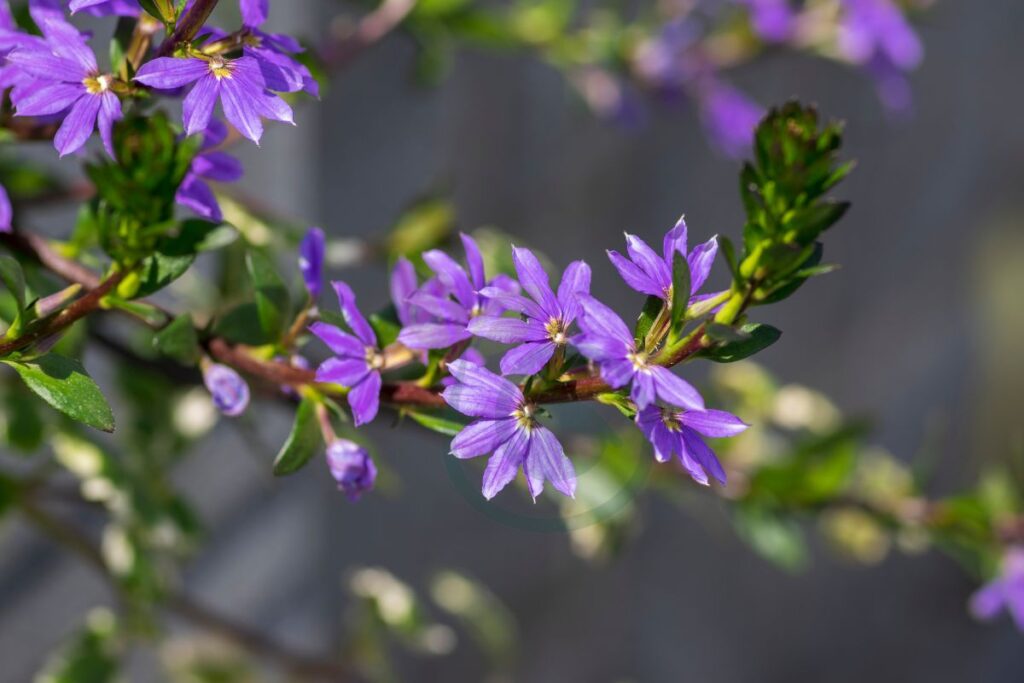
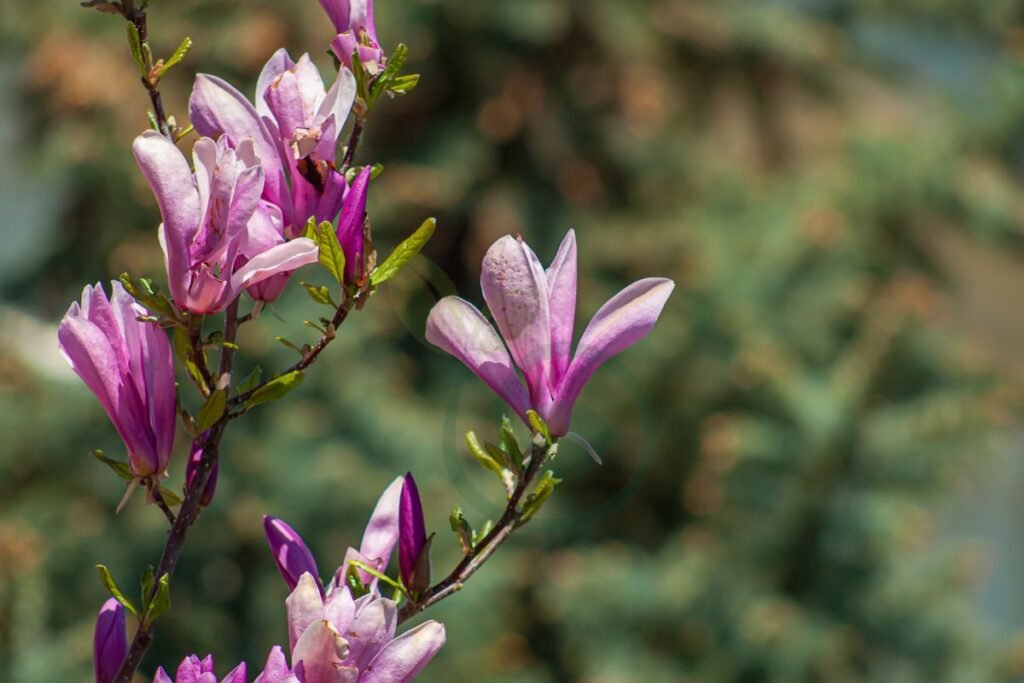
Evergreen magnolias
Magnolia trees are known for their beautiful, large flowers and glossy leaves. Some varieties of magnolia trees are evergreen, meaning they keep their leaves year-round. This allows them to maintain a lush appearance throughout the seasons. One example of an evergreen magnolia is the "Little Gem," which features dark green foliage and produces creamy white blossoms.
Another popular evergreen magnolia tree is the "Teddy Bear." It has compact growth and large, fragrant white flowers that bloom in late spring and early summer. The unique feature of these magnolias is that they provide year-round interest with their vibrant foliage as well as stunning blooms during the flowering season.
Deciduous saucer flowers
In addition to evergreen varieties, there are also deciduous magnolia trees that produce saucer-shaped flowers. These types shed their leaves in the fall before entering a dormant phase during winter. An example of this variety is the "Alexandrina," which showcases exquisite pink-purple blossoms that can reach up to 10 inches in diameter.
One more well-known deciduous magnolia tree, often admired for its showy flowers, is the "Butterflies" variety. Its yellow blossoms appear before its foliage emerges in spring, creating a striking visual display against bare branches. These deciduous saucer flowered magnolias add charm to landscapes with their splendid floral exhibition each year.
Deciduous star flowers
Finally, there are deciduous magnolia trees with star-shaped flowers that captivate onlookers with their delicate beauty. Among these varieties is the "Royal Star," featuring numerous pure white petals arranged like a starburst around its center. This type offers an enchanting spectacle when it blooms in early spring before its deep green leaves unfurl.
Another popular choice among gardeners seeking deciduous star-flowered magnolias is the "Leonard Messel." With pale pink petals opening from darker buds, this variety creates a stunning contrast against its backdrop of emerging greenery after winter dormancy.
Blooming Cycle and Patterns
Bloom Period
Magnolia trees typically bloom in the spring, although the exact period can vary depending on the specific variety. Some species bloom as early as late winter, while others may not flower until mid-spring. The bloom period for magnolia trees generally lasts for a few weeks, with some varieties producing flowers for up to two months. This extended blooming season adds to their appeal in gardens and landscapes.
The timing of blooming is influenced by various factors such as climate, weather conditions, and individual tree health. For instance, an unusually warm spell might prompt earlier flowering than usual, while a late frost could potentially damage or delay blooming. Younger magnolia trees may take longer to establish themselves before they begin to produce abundant blooms.
Flowering Patterns
Different magnolia species exhibit distinct characteristics. Some varieties produce large showy blossoms that appear before the leaves emerge in early spring. These striking flowers often create a stunning display against bare branches and are highly valued for their ornamental beauty.
On the other hand, certain types of magnolias have smaller but numerous flowers that open later in the season along with or after foliage growth begins. Understanding these flowering patterns can help gardeners select suitable locations within their landscape design based on when and how profusely a particular type of magnolia tree will bloom.
Promoting Blooms
Gardeners can encourage optimal blooming by providing proper care tailored to each variety's needs. Adequate sunlight exposure is crucial for promoting healthy flowering; insufficient light may result in reduced blossom production or sparse blooms. Furthermore, ensuring well-drained soil rich in organic matter supports overall tree vigor and enhances flower development.
Pruning practices also play a role in promoting blooms; however, timing varies among different species due to variations in bud formation periods from year to year.
Cultivation in the United States
Habitat and climate
Magnolia trees thrive in various regions across the United States, including the southern and eastern states. They prefer well-drained, slightly acidic soil and a moderate to humid climate. In these conditions, magnolia trees can live for an impressive span of time.
The temperate climate of many US states provides an ideal environment for magnolia trees to flourish. For example, areas like the southeastern coastal plains offer the warm temperatures and high humidity that these trees require. This allows them to grow vigorously and live long lives.
In addition to suitable climates, magnolia trees also need proper care during their early years to ensure longevity. Providing adequate water, protection from strong winds, and regular pruning are crucial factors in promoting healthy growth and extending their lifespan.
Challenges and considerations
One challenge faced by magnolia trees in some parts of the United States is extreme weather events such as hurricanes or droughts. These can have detrimental effects on both mature trees and younger saplings.
Furthermore, certain pests like scale insects or diseases such as powdery mildew can pose threats to magnolia tree health. It's important for caretakers to be vigilant about monitoring for signs of infestation or illness so they can take appropriate action if needed.
Despite these challenges, with proper care and maintenance practices tailored to local conditions within different regions of the US, magnolia trees have been known to live up to 80-120 years or more.
Extending Magnolia Lifespan
Care tips
To extend the lifespan of magnolia trees, proper care is essential. Start by planting the tree in well-draining soil and a location with full sun or partial shade. Water the tree regularly, especially during dry spells, to keep the soil consistently moist but not waterlogged. Mulch around the base of the tree to retain moisture and regulate soil temperature. Fertilize young magnolias annually with a balanced fertilizer to promote healthy growth.
Pruning is crucial for maintaining healthy magnolia trees. Regularly remove dead or damaged branches and shape the tree as needed to encourage strong structure and airflow. Avoid excessive pruning, especially in late summer or early fall, as it can stimulate new growth that may be susceptible to frost damage in winter.
Adequate protection from harsh environmental conditions is also vital for prolonging magnolia lifespan. Shield young trees from strong winds and provide winter protection if you live in an area prone to freezing temperatures.
Troubleshooting issues
Despite your best efforts at care, magnolia trees can face certain issues that affect their longevity. One common problem is poor drainage leading to root rot, which can significantly shorten a tree's life span. To prevent this issue, ensure proper drainage around the roots by avoiding overwatering and planting in well-draining soil.
Another potential threat comes from pests such as scale insects or aphids that can weaken magnolia trees over time if left untreated. Keep an eye out for any signs of pest infestation and promptly address them using appropriate insecticidal soaps or oils.
Furthermore, diseases like powdery mildew or leaf spot can impact the health of magnolias if not managed effectively. Proper sanitation practices such as removing fallen leaves and debris from around the base of the tree can help reduce disease incidence.
Special Aspects of Magnolias
Uses and Genetics
Magnolia trees are valued for their ornamental beauty, often used in landscaping to enhance the aesthetic appeal of gardens and parks. Their large, fragrant flowers make them a popular choice for creating visually stunning landscapes. Some species of magnolias have been utilized in traditional medicine for various purposes due to their purported medicinal properties. These applications underscore the significance of magnolia trees beyond their visual appeal.
. Different species of magnolias have varying life expectancies due to inherent genetic differences. For instance, certain species like the Southern magnolia (Magnolia grandiflora) are known for their long lifespan compared to other varieties such as the saucer magnolia (Magnolia x soulangeana). This highlights how genetic factors play a crucial role in determining the duration of a magnolia tree's life.
Reproduction Stages
Understanding the reproduction stages is essential when considering how long magnolia trees live. Magnolias undergo distinct reproductive phases, including flowering and seed production. The successful completion of these stages contributes to the overall health and vitality of the tree while influencing its lifespan significantly.
During flowering, which typically occurs in spring or early summer depending on the species, magnolias produce striking blooms that serve as pollinator attractants. The process ensures successful fertilization leading to seed development within protective cones or pods unique to each species. Proper care during these reproductive stages can positively impact not only immediate bloom quality but also future growth potential and overall longevity.
Summary
Congratulations on reaching the end of our magnolia tree journey! You've learned about the factors that influence their lifespan, how to care for them, and the various varieties available. Remember, proper care and attention can significantly extend the life of your magnolia tree. Whether you're a seasoned gardener or just starting out, these majestic trees can bring beauty and joy to your outdoor space for many years to come.
Now armed with this knowledge, go out there and give your magnolia trees the love and care they deserve. Share this information with fellow gardeners and continue to explore the fascinating world of horticulture. Happy gardening!
Frequently Asked Questions
How long do magnolia trees typically live?
Magnolia trees can live for an average of 80-120 years, but this can vary depending on the specific species and environmental factors. Proper care and maintenance can contribute to a longer lifespan.
What are the key factors that affect the lifespan of magnolia trees?
The lifespan of magnolia trees is influenced by various factors such as soil quality, climate conditions, proper pruning, disease prevention, and adequate water supply. These elements play a crucial role in determining the longevity of these beautiful trees.
How should I care for my magnolia tree to ensure a healthy and long life?
To promote a healthy and prolonged life for your magnolia tree, it's essential to provide regular watering, appropriate fertilization, proper pruning techniques, pest control measures, and protection from extreme weather conditions.
Are there any specific varieties of magnolia trees known for their longevity?
While all magnolia tree varieties have the potential for long lives with proper care, some renowned varieties like Southern Magnolias (Magnolia grandiflora) are particularly known for their impressive lifespans.
Can I take any steps to extend the lifespan of my mature magnolia tree?
Yes! Regular maintenance practices such as mulching around the base of the tree to retain moisture levels in the soil or consulting with an arborist for professional guidance can help extend your mature magnolia's lifespan.
Image Source: Paid image from CANVA

